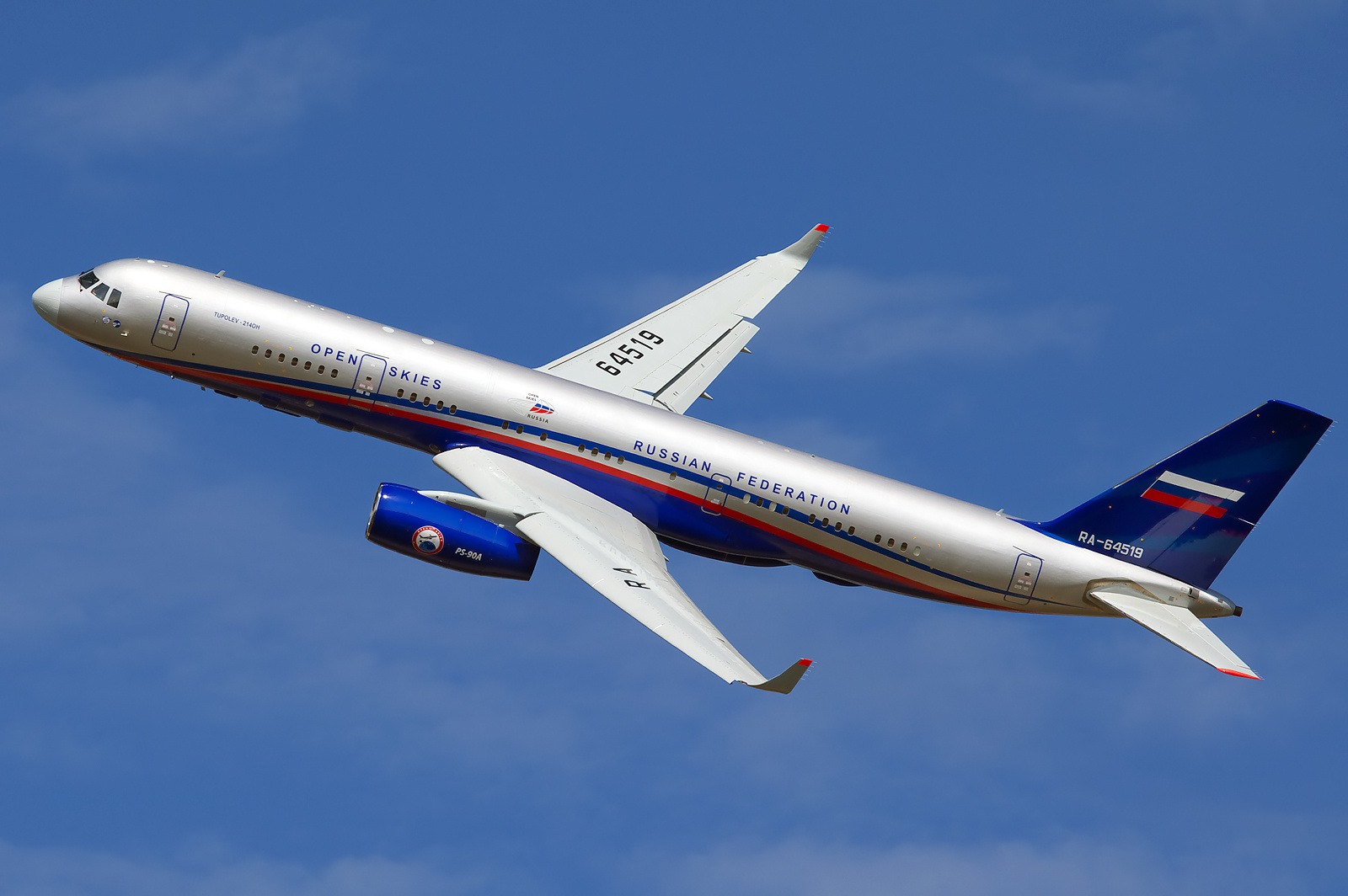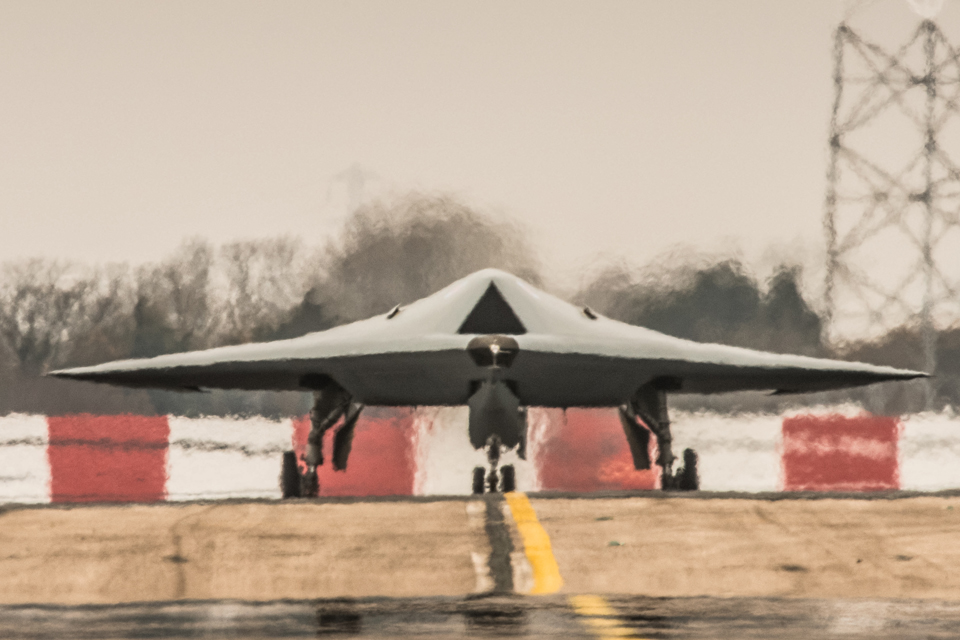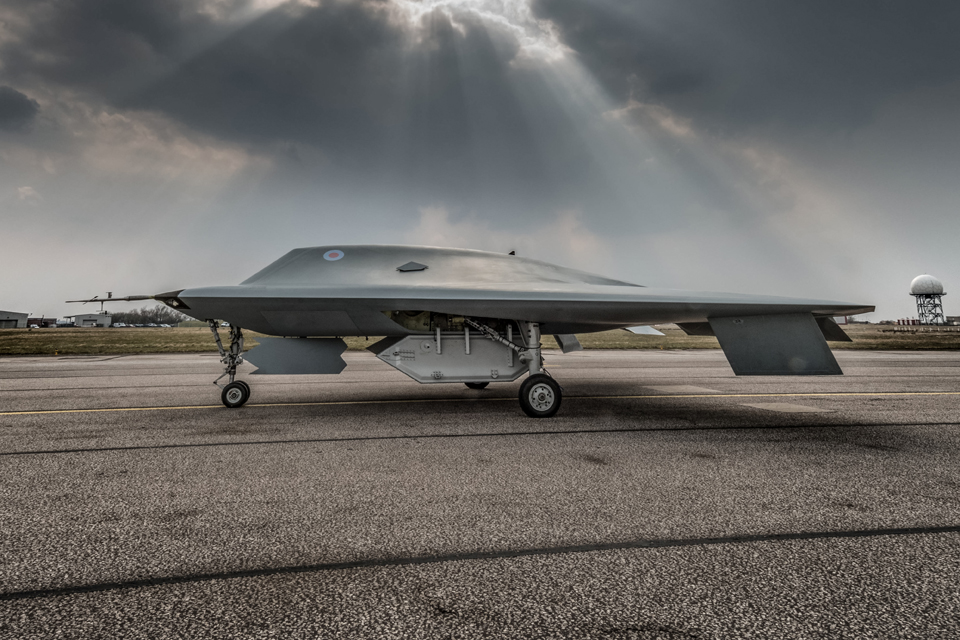Roaring Business: A US airman inspects the turboprop engines on a C-130H transport. Rolls-Royce believes its Series 3.5 engine enhancement could expand the life of the aging C-130H to 2040. (US Air Force)
Feb. 17, 2014 - By AARON MEHTA – Defense news
WASHINGTON — With few new-engine opportunities available in the US, Rolls-Royce is focusing on maintaining and improving its C-130 engine base through the rest of the decade.
The company took a major step in that direction last week, when it announced a decadelong agreement with Lockheed Martin, the producer of the popular cargo plane, to deliver 588 engines for the C-130J Super Hercules.
The nearly $1 billion agreement covers procurement of new AE 2100 turboprop engines through 2018 for all customers, including the US Air Force.
Each Super Hercules requires four AE 2100 engines, so the 588 purchased could represent up to 147 new planes built during this time period. However, that number could be lower, as contracts often include spare engines. The purchase is roughly split in half between US planes and international customers.
The purchase is part of a larger agreement that secures Rolls-Royce and the AE 2100 as the engine of choice for the C-130J through 2025.
“This agreement is a very important step in providing our customers the most affordable airlifter in the world,” George Shultz, Lockheed’s vice president and general manager for C-130 programs, said in a company statement.
Tom Hartmann, Rolls’ senior vice president for customer business, said the British-based company hopes for another engine block purchase after the conclusion of this order to cover the remaining years of the agreement.
The deal ensures Rolls will dominate the engine field for the C-130J, which is expected to remain popular around the globe over the next decade. Lockheed, in turn, locks in low engine prices.
The US National Defense Authorization Act of 2014, signed into law by President Barack Obama in December, contained language authorizing a multiyear buy of C-130J aircraft for the Air Force; funding for that group was included in the appropriations bill passed last month. This contract would cover the 78 planes included in that multiyear agreement.
Hartmann declined to go into detail on the AE 2100’s cost per unit, but noted that the engines covered in the multiyear agreement are cheaper than those that would be sold internationally, a direct result of buying them in bulk.
There are more than 300 C-130J models in service in 15 countries, according to company figures. The J model is the most modernized version.
Meanwhile, Rolls continues to move forward with its Series 3.5 engine enhancement program for the T56 engines used in older C-130 models.
In the Series 3.5 engine enhancement, Rolls retrofits parts from newer engines into the Series 3 T56 engine casing, replacing aging and inefficient components. These include compressor seals from Rolls’ Series 4 engine and uncooled turbine blades from the Rolls AE-1107C design. The retrofit can occur during regular maintenance of the older engines.
Rolls estimates the engine upgrades will extend the life of the C-130H fleet to 2040, and an Air Force study has found it could save the service as much as $2 billion.
Hal Chrisman, vice president with services firm ICF International, said he sees a potential market for upgrades to the T56, which also powers the P-3 Orion maritime patrol plane flown by the US Navy. According to ICF figures, there are 1,363 planes that use the T56, although that number will drop over the next decade.
“Overall, the fleet of C-130s and P-3s stays relatively flat over the next five years,” Chrisman said. “You’re getting deliveries of C-130Js, but starting to lose the older B through H models, However, the fleet of T56-powered aircraft drops by about 250 over the next eight to 10 years, or at about -2.4 percent annually. If you look at it, some of these are kind of getting long in the tooth.”
As part of the fiscal 2014 appropriations bill passed in January, the Air Force was given $15.7 million toward exploring the 3.5 program. Hartmann estimates that the money will be enough to outfit “a handful” of older C-130 models, perhaps four to six, with the enhanced engines.
Those kits could be delivered to the Air Force in 2015. While the service will have the final decision on which aircraft get the first upgrades, the Air National Guard would make sense, given its reliance on the older C-130H.
Getting in as a program of record was a huge step forward, according to Hartmann, who noted that “every battle is a tough battle when you’re looking to add something.
“We’re cautiously optimistic” about getting further funding, likely a small increase, in the fiscal 2015 budget, he said.
“I think the budget situation will make modifications like this more attractive,” Chrisman said. “With the current [US federal] budget constraints, it’s a whole lot cheaper to upgrade airplanes than buy new ones. The success of a lot of these things depends on the support they get in Congress.”
While the Air Force may be the first customer, Hartmann said Rolls has recently talked to “quite a number” of potential international partners.













































